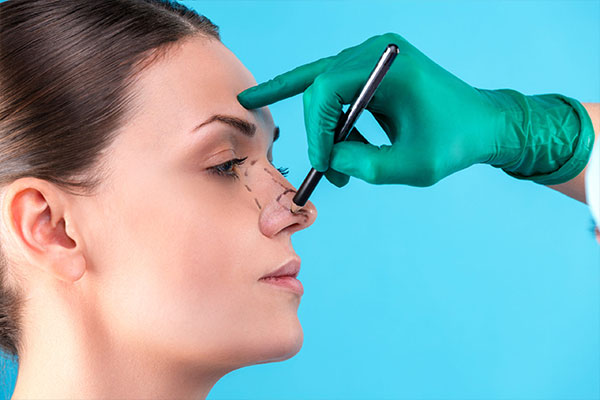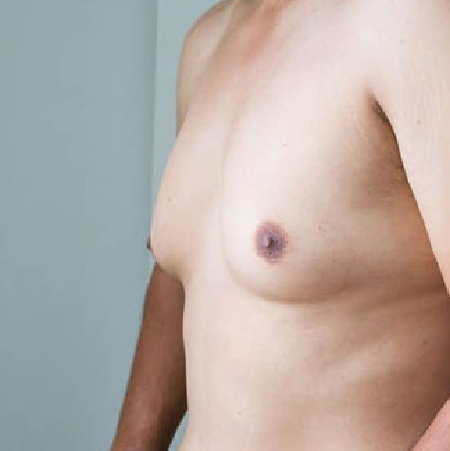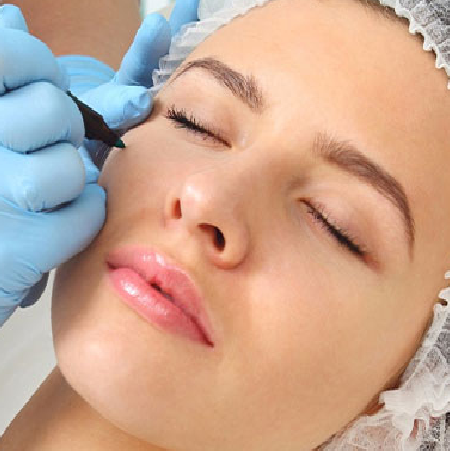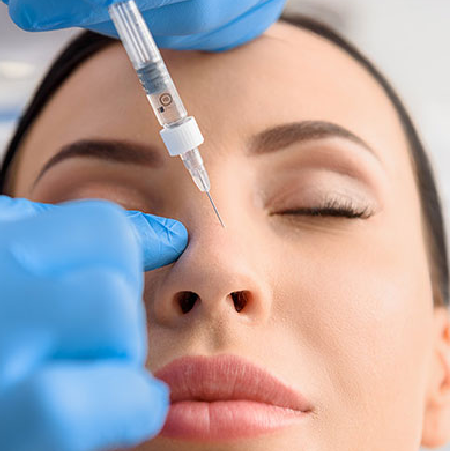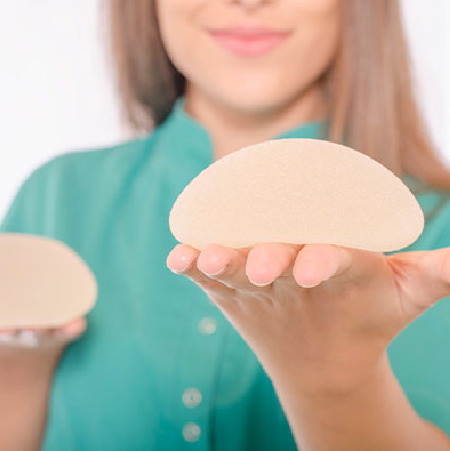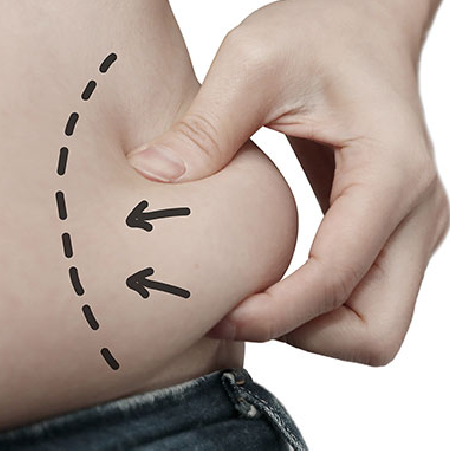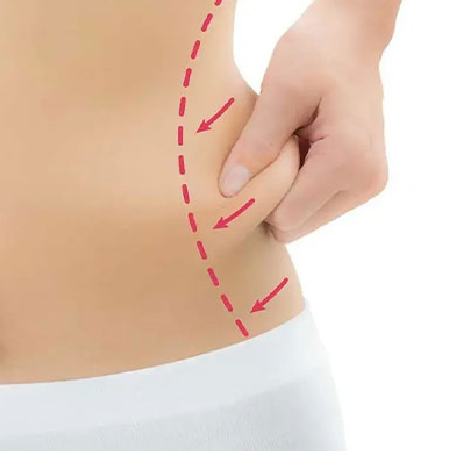Worst day of rhinoplasty recovery

Rhinoplasty, commonly known as a nose job, is a surgery performed to reshape or enhance the look of the nose. It can also be done to correct functional concerns, such as breathing difficulties caused by structural anomalies. Here’s an overview of what commonly happens during a rhinoplasty procedure:
Consultation: The process begins with a consultation with a certified plastic surgeon. You’ll discuss your goals and expectations for the surgery, and the surgeon will analyze your nose anatomy, skin type, and overall facial harmony. They may also employ computer imaging to provide a glimpse of probable results.
Anesthesia: On the day of the operation, you’ll be given an anesthetic to guarantee your comfort during the process. Depending on the intricacy of the operation and your surgeon’s preference, you may have either general anesthesia (where you are asleep) or local anesthetic with intravenous sedation (where you are comfortable but aware).
Incisions: The surgeon will make incisions, generally within the nostrils (closed rhinoplasty) or across the columella (the short strip of tissue between the nostrils, in open rhinoplasty). These incisions enable access to the underlying nasal structures.
Reshaping the nose: The surgeon will next delicately extract the nasal skin and sculpt the underlying bone and cartilage. This may entail removing or rearranging cartilage, changing the nasal bone, or adding grafts to produce the desired alterations. The alterations done will rely on your aims, which may include lowering or enhancing the size of the nose, refining the tip, narrowing the bridge, or correcting asymmetry.
Closing the incisions: Once the contouring is complete, the surgeon will seal the wounds using dissolvable sutures. In open rhinoplasty, the incision across the columella may result in a tiny scar that is normally well-concealed and disappears with time.
Recovery and aftercare: After the surgery, you’ll be observed in a recovery area. You may feel some swelling, bruising, and discomfort, which may be treated with pain medication and cold compresses. The surgeon may place a splint on the nose to offer support and protect the newly molded structure. It’s vital to follow the surgeon’s advice about post-operative care, including avoiding intense activity and keeping the nose covered.
Healing and results: The initial swelling and bruising will progressively reduce over the following weeks, but it may take several months for the entire benefits to become visible. It’s crucial to have reasonable expectations as the outcome will rely on several aspects, such as your specific recovery process and the surgical procedures employed.
It’s vital to speak with a trained and experienced plastic surgeon who can take you through the whole process, evaluate the potential risks and advantages, and build a tailored treatment plan based on your requirements and goals.
Which Day After Rhinoplasty Is the Worst?
The level of discomfort and pain experienced following rhinoplasty in Iran might vary from person to person. However, for most individuals, the second or third-day following rhinoplasty is typically described as the most unpleasant or “worst” day during the first healing phase. During this period, swelling and bruising tend to peak, and some individuals may suffer increasing discomfort owing to the natural evolution of the healing process.
Here are several reasons why the second or third day may be challenging:
Swelling: Swelling often reaches its maximum during the second or third day following surgery. This might make the nose feel more stuffy, tight, and painful. The increased edema might also impede breathing via the nose.
Bruising: Bruising around the nose and under the eyes might become more visible during this period. The coloring and soreness associated with bruising can contribute to a perception of discomfort.
Pain and sensitivity: As the body begins to recover from the stress of surgery, discomfort, and pain may increase on days two and three. However, the intensity of pain varies from person to person and is normally treated with pharmaceuticals.
Although the second or third day of recovery may be difficult, it is crucial to remember that these symptoms often diminish over time. Most people feel better within the first week or two, and symptoms like swelling, bruising, and pain gradually fade.
If you want your recovery to go well after surgery, be sure to do things like take your medicine exactly as recommended and let your doctor know if you’re experiencing any strange symptoms. You can get advice, comfort, and help to fine-tune your rehabilitation strategy from them.
Rhinoplasty recovery stages – 2 to 3 days after surgery
You will be in the early phases of healing from rhinoplasty surgery for the first few days. What to anticipate throughout this time frame is as follows:
Swelling and bruising: After a rhinoplasty, it’s normal to have some swelling and bruising in the nasal area and around the eyes. The edema may get worse in the first several days. This is to be expected during the recovery process and will go away with time.
Discomfort and pain: In the beginning, you can feel some pain and discomfort. Your doctor will give you something to take if you’re in pain. You must take your painkillers as prescribed and let your surgeon know if the pain becomes unbearable.
Nasal congestion: Nasal congestion and difficulty breathing through the nose are frequent early symptoms of recovery. Because of the edema and the internal splints or packing, largely. To aid with stuffiness, your surgeon may recommend nasal hygiene practices such as using saline nasal sprays or rinses.
Dressings and splints: After nasal surgery, a splint or cast may be applied at once. This splint aids in the initial healing process by providing support and protection for the nasal tissues. To keep the new air passage open, your surgeon may insert splints or pack them into your nose. Depending on your surgeon’s recommendations, they will be taken off after a week or two.
Rest and elevation: Rest is very important at this point in the healing process. Resting with your head up can aid in reducing swelling and speeding recovery. Propping your head up at a 30-degree angle may help.
Diet and hydration: Eating well and drinking plenty of water might help the body recover faster. The healing process can be aided by eating healthy meals and drinking lots of water.
Follow-up appointments: Within the first 7-10 days after surgery, you may have a follow-up appointment with your surgeon. When you return to see your surgeon, he or she will check on your progress, remove any exterior sutures or dressings, and go over any additional postoperative care recommendations.
Keep in mind that these are only suggestions, and that your precise recovery time may vary depending on your unique situation and the methods employed during your operation. It’s crucial to get in touch with your surgeon if you have any questions or concerns after surgery and to follow all postoperative care recommendations precisely.
Can I scratch my nose after rhinoplasty?
Scratching your nose after rhinoplasty is not advised. Excessive scratching or stroking of the nose might delay healing and raise the risk of complications. Scratching your nose after rhinoplasty is not recommended for the following reasons:
Scratching your nose after having surgery can delay healing, increase scarring, or even cause the wound to break down entirely due to the disruption of the incisions. The best possible outcome may be attained by allowing the incisions to heal in peace.
Scratching your nose might increase your risk of infection because it transfers bacteria from your hands to the surgical site. Negatively impacting the healing process and perhaps necessitating extra therapy are infections.
Excessive rubbing or scratching can irritate already tender nasal tissues, increasing swelling and bruising. This can make the healing process more drawn out and prevent these symptoms from going away as quickly.
Here are some ways to reduce your itching:
- Before touching your face or nose, make sure your hands are clean and free of any debris or toxins.
- Apply prescription ointments to keep the nasal skin hydrated and itch-free; your surgeon may suggest this. If your surgeon suggests a product, be sure to use it as directed.
- If you have chronic itching or pain after surgery, be sure to tell your surgeon. They might be able to suggest some other measures or supply some medicine to help with the itching.
- Keep in mind that your surgeon’s precise post-operative instructions should be followed closely because everyone heals differently. Your surgeon is the best person to answer your questions and address your concerns while you recuperate from surgery.
How can I prevent a dry nose after rhinoplasty?
It’s crucial to your comfort and recovery from rhinoplasty that you take measures to avoid a dry nose. Here are some things you can do to keep your nose moist:
You can assist maintain the moisture in your nasal passages by using saline sprays or rinses, as instructed by your surgeon. The nasal lining can be kept moist with the use of saline solutions. A saline solution, or instructions on how to produce one, may be recommended or provided by your surgeon.
Your doctor may suggest or prescribe a nasal ointment or gel to help maintain a healthy nasal lining’s moisture level. Use these products as directed, which is usually by dabbing a tiny quantity of the substance inside each nostril with a clean cotton swab or your finger.
Humidifier: Increasing the humidity of the air in your house helps relieve nasal and respiratory dryness. If you live in a dry area or your home’s heating system dries the air out during the winter, you may want to invest in a humidifier.
Drink lots of water to maintain a healthy level of hydration. It might be helpful to keep the nasal passages wet by drinking plenty of water throughout the day.
When your nose is healing, it’s crucial to avoid anything that can irritate it or cause dryness. Cigarette smoke, strong chemical scents, and dusty or dirty settings are all examples. Preventing dryness requires limiting contact with these irritants.
Don’t blow your nose too hard or pick at your nostrils; doing either of these things will irritate your nasal lining and make your nose dry up faster. Don’t blow your nose too hard, and don’t do anything else that can impede the healing process.
If you want to avoid nose dryness after rhinoplasty, it’s important to follow the advice of your surgeon. They will be able to tailor their recommendations to your specific situation and surgical procedures.
So How long does a nose job take to heal?
The length of time needed to fully recover following a rhinoplasty, or “nose job,” varies from patient to patient. It may take many months for the swelling to completely reduce and the final results to become fully obvious, even though the initial healing phase usually lasts just a few weeks. Following rhinoplasty surgery, the following is a rough timetable for recovery:
First few days: You will notice the most edema and bruising in the first few days following surgery. Your nose may be splinted or cast to protect the delicate nasal tissues. Congestion and aches are possible symptoms.
First week: You should schedule a follow-up visit with your surgeon within the first week. They may take off any exterior bandages or stitches to check on your recovery. Some swelling and bruising may persist, but these should fade with time.
First month: Most of the edema should have gone down by the end of the first month. Some modest swelling, especially near the tip of the nose, may remain. Your nose’s look and shape may begin to change for the better throughout this period.
The residual swelling will subside and your nose’s look will be further refined over the next several months (three to six). As time passes, the nasal tissues will recover and find their permanent place. It’s best to remain patient now because the final product won’t be ready for some time.
After six months, most of the swelling should have gone down and your nose should seem more refined and natural than it did before. However, it may take a year or more before the full effects are seen. Subtle alterations and remodeling of the nasal tissues persist over this time.
Healing times vary from person to person based on several factors, including but not limited to the type of surgery performed, the patient’s general health, and how well they follow post-operative care recommendations. You should do whatever your surgeon tells you to do, including going to follow-up visits and talking to him or her about anything that worries you or causes you confusion.


